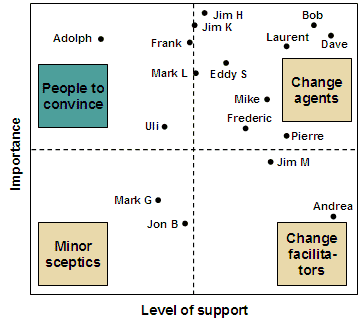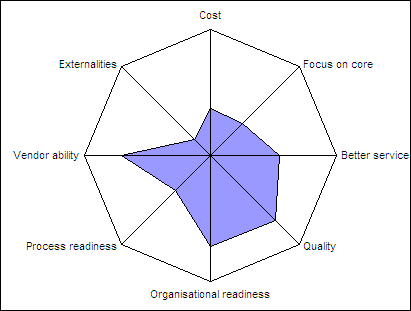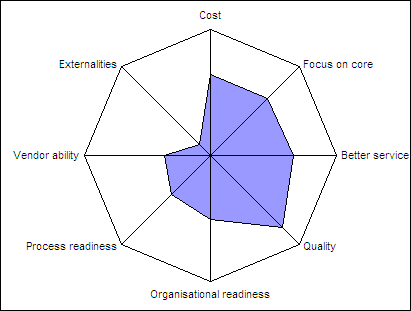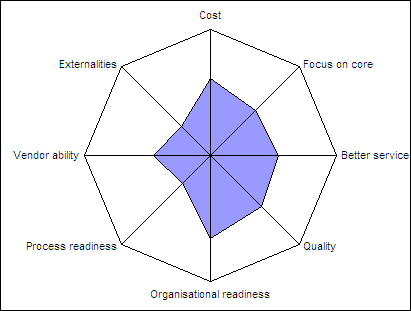Change management
Change management can be analytic, as opposed to touchy-feely.
Our client’s operating margin was falling. The bosses wanted to offshore their back office. Others weren’t convinced. To manage this change, we needed three questions answered:
- Who’s not convinced?
- Why aren’t they convinced?
- What’ll convince them?
Who’s not convinced?
We plotted the level of support and importance of key people on the stakeholder support matrix. This split people into 4 groups (below). Then we showed it around to people and had them move people around on the matrix.
- Minor sceptics. We largely ignored them
- Change facilitators. We tasked them with roles in the project
- Change agents. We made them influence the others
- People to convince. The ones we needed to focus on
This is a simple concept, actually. The insight is, putting names on such a matrix, and getting people to move them around, is a robust way to get everyone on the board and at the right spot.
Why aren’t they convinced?
We sent everyone a list of benefits and issues in outsourcing. They rated them. We grouped the results and plotted them. Here’s the result for Uli.
Uli saw more issues than benefits. Quality and possible better service were benefits. But he was afraid the company wasn’t ready, and vendors wouldn’t understand their operations.
The advantage of these charts is that you can put them side by side, and compare where different people stand. It gives you a great view of why they’re objecting, and whom you can use to counter that.
What’ll convince them?
Once we knew why people objected, it was easy to manage.
For example, to counter Uli’s fear of organisational readiness, we got people who felt this was not an issue to put forward their counterpoints.
To counter fears of vendor ability, we got a bunch of them to visit BPOs in India, and spread their confidence to others.
We arranged workshops, making sure that each group had people to convince and change agents.
This did require a lot of soft skills. But the success was largely because of the structured ground-work. Change management can be quite analytic.



